We are back with another list of the most iconic planes of World War I. these planes have served the role to their respective, militaries in order to overcome the enemy’s advances to their respective countries. These aircraft might have been simple in design by the current standards but at that time they stood at the pinnacle of the aviation engineering.
Without any further ado, we present to our readers the iconic planes of World War I (part 3)
Ansaldo A.1 Balilla
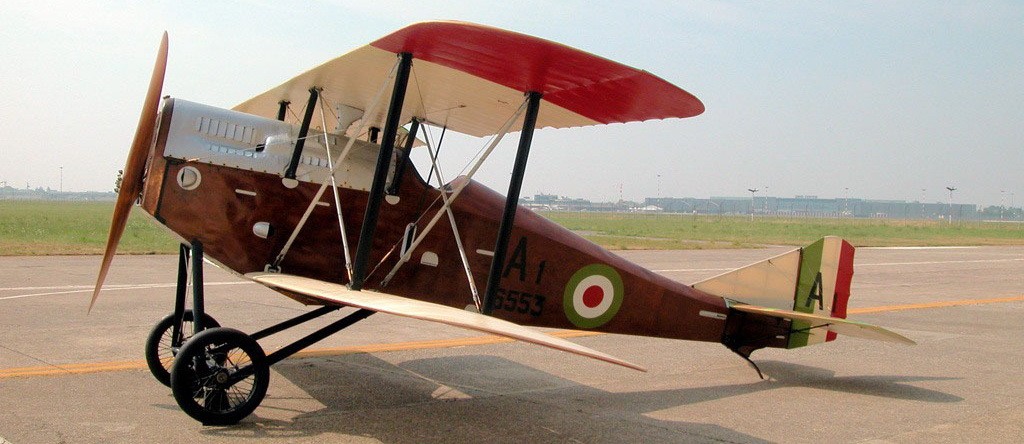
The Ansaldo A.1 Balilla is the national pride of Italy during World War I and was domestically designed in the country. The word “Balilla” in its name is the name of folklore hero who had a key role in the revolt of Italians back in 1974 carried out against the Hapsburgs.
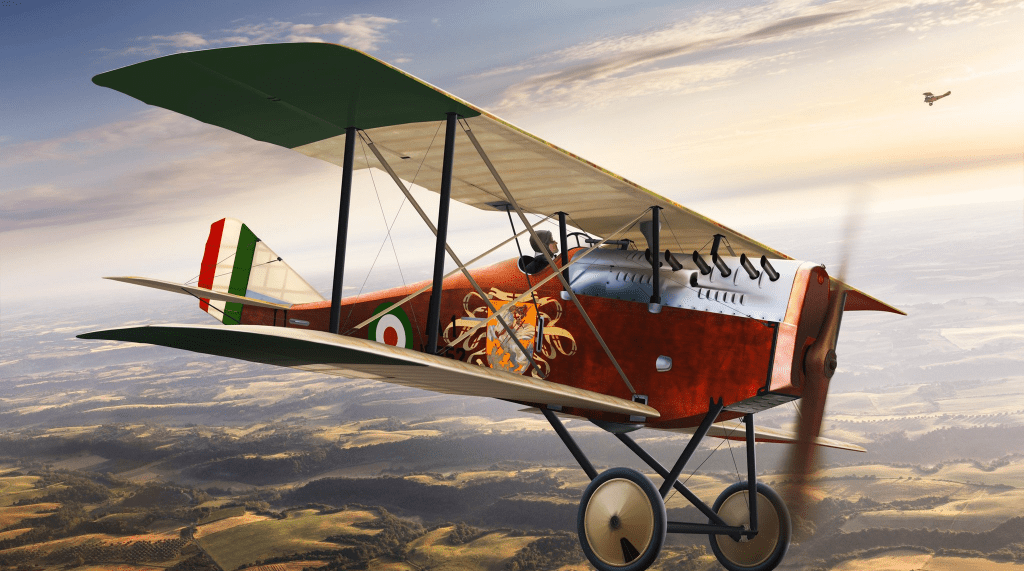
The Ansaldo Company during the war times was frustrated with their inability and lack in reoccurs for a fighter plane. To overcome this trouble, the company decided to build an aircraft around their SPA 6A six piston engine. This engine in its peak performance was able to generate a power of 220 HP which allowed there resultant aircraft build around it to have a speed of 140 mph with a combat radius of a little over 400 miles. The aircraft had two Vickers machine guns mounted on the front of the aircraft which allowed it to become a weapon of war for Italian Air Force that could rival any other fighter plane of its era.
In addition to Italy, the Ansaldo A.1 Balilla also served its fair share of time for the Polish and Greek air forces as well as making a few short appearances for the Soviet Union’s military.
Albatros D.V
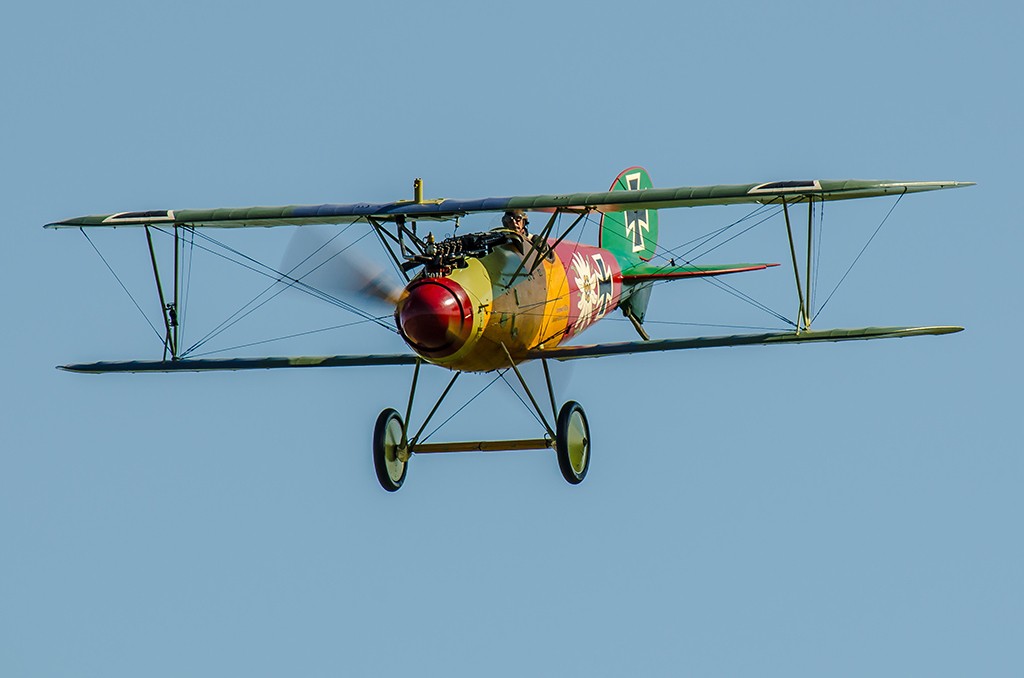
The Albatros D.V a fighter plane of its era that was too advanced for its time. The aircraft also went on to become the base for all the upcoming fighters of the future with its many astonishing ahead of time features.
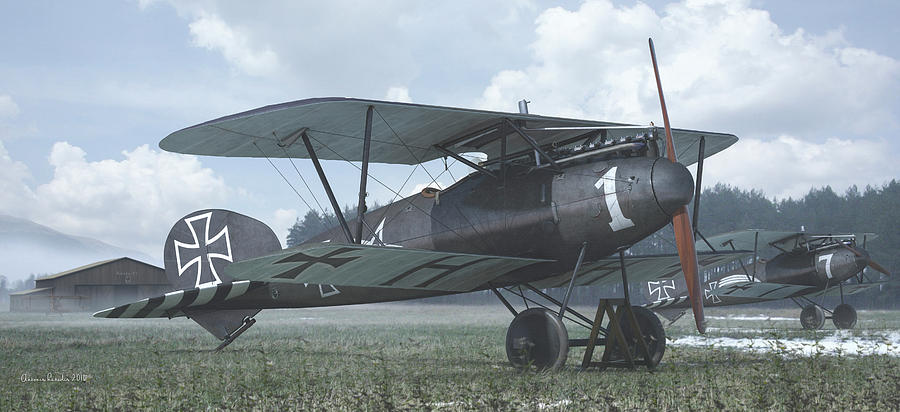
The aircraft had fitted inside a single Mercedes engine to allow it to have 200 HP that allowed it to fly at a top speed of 110 mph with an equally impressive combat range. Unfortunately, the aircraft’s production was ceased by 1918 and it was driving towards being an obsolete model. Many structural as well as handling problems made it a less preferable choice for the pilots.
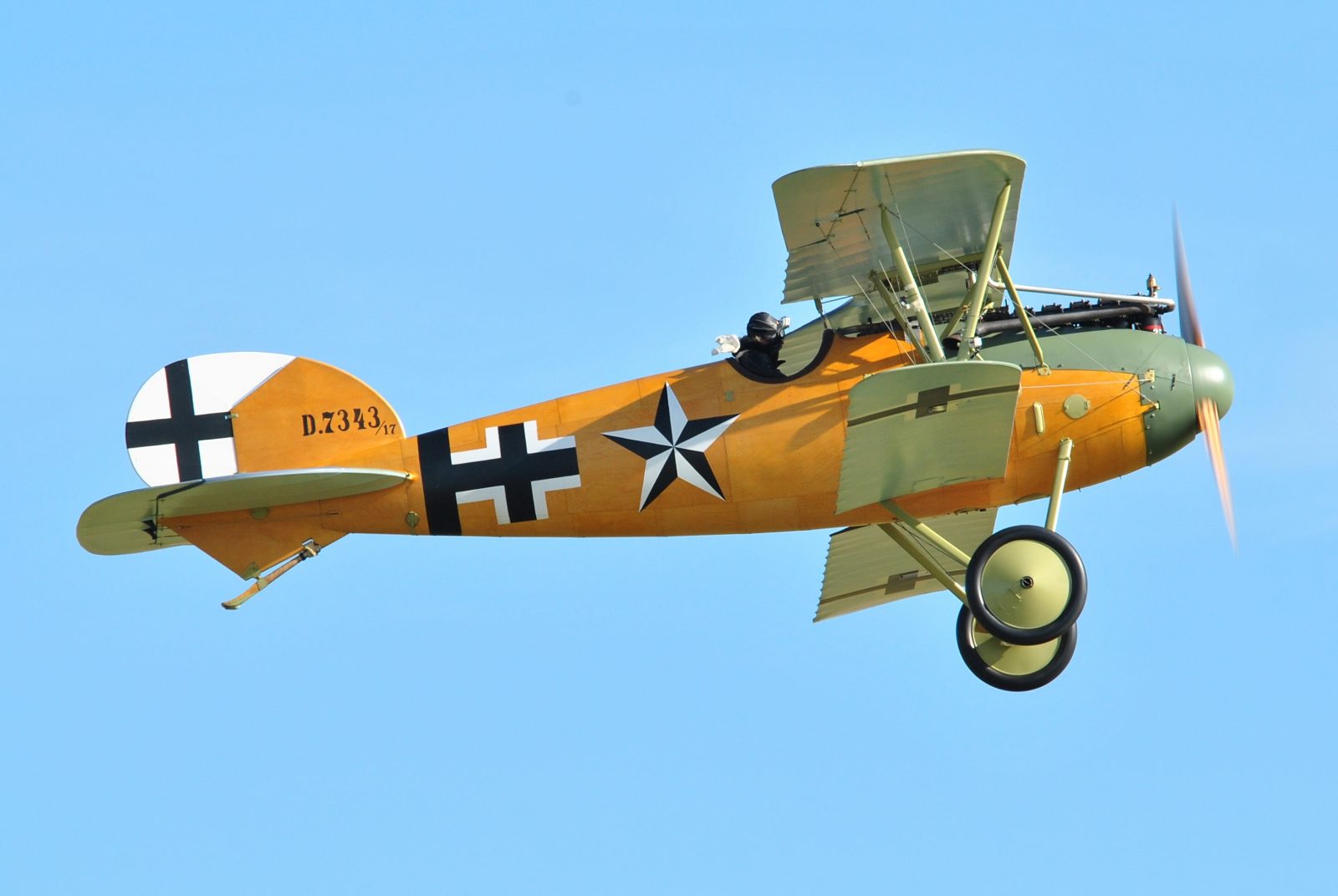
Still, the parts of this aircraft were amazing. The world of aerodynamics saw a new insight with Albatros D.V’s elliptical cross section wings along with its revolutionary ventral fin as well as the tail fin. The aircraft went on to be the first fighter plane of its era that underwent changes depending on the region it served. In order to serve in the hot climates, the aircraft was fitted with additional radiators.
Airco DH.2
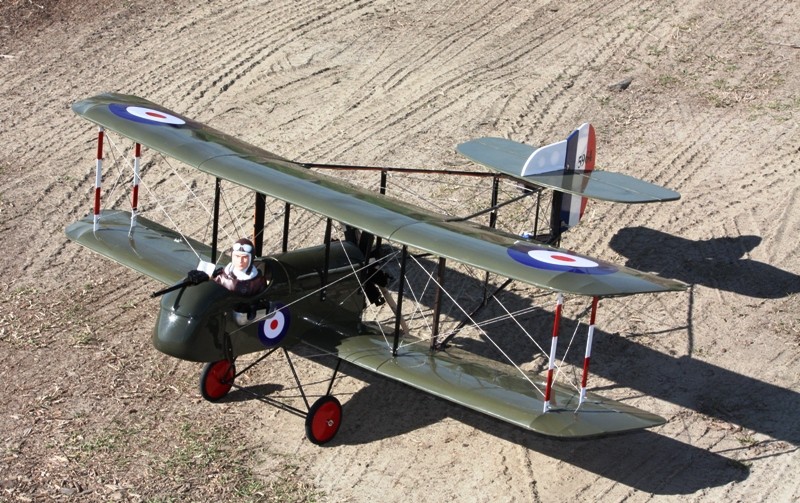
Airco DH.2 is the fighter plane which was known as the Pusher Aircraft. The term pusher aircraft means that the propeller for this aircraft was mounted on the back side where the engine was and in between the wings, instead of the front like many other aircraft at that time had. This caused the aircraft to be pushed from behind instead of pulling it from the front. The aircraft appearance to be odd with propeller being nested in-between the wings and engine.

While it looked odd, it still allowed the aircraft to dish out some amazing performances that were recorded milestones in aviation history. With the aircraft been handled differently as compared to other British aircraft, it was prone to a few accidents during its first few flights. However, after the pilots got used to its one of a kind design, it turned out to be a highly maneuverable and easy to fly aircraft. The aircraft was great in its performance that many great plots such as Laneo Hawker, he recipient of the Victoria Cross presented his best performances while flying this aircraft.
Caproni Ca.3
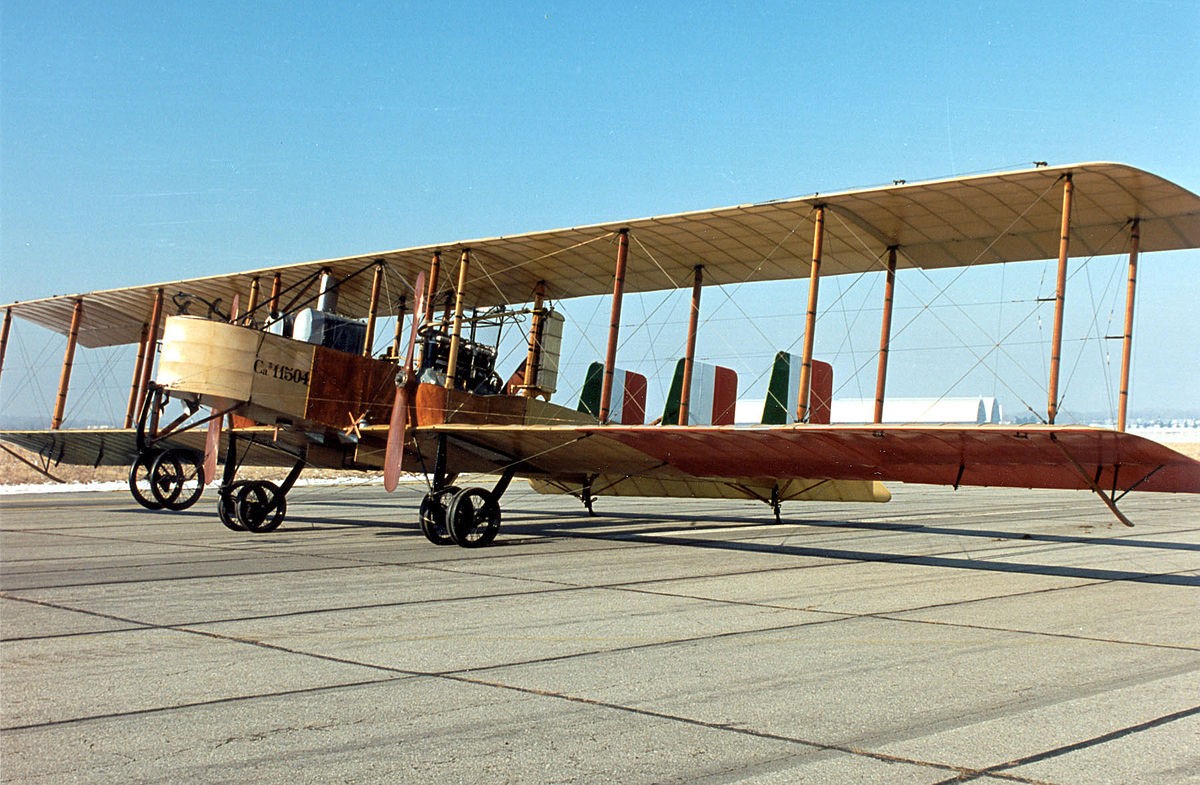
While many fighter aircraft were making their appearance during the world war I it was the bobber that were actually helping their respective militaries to change the course of the war.
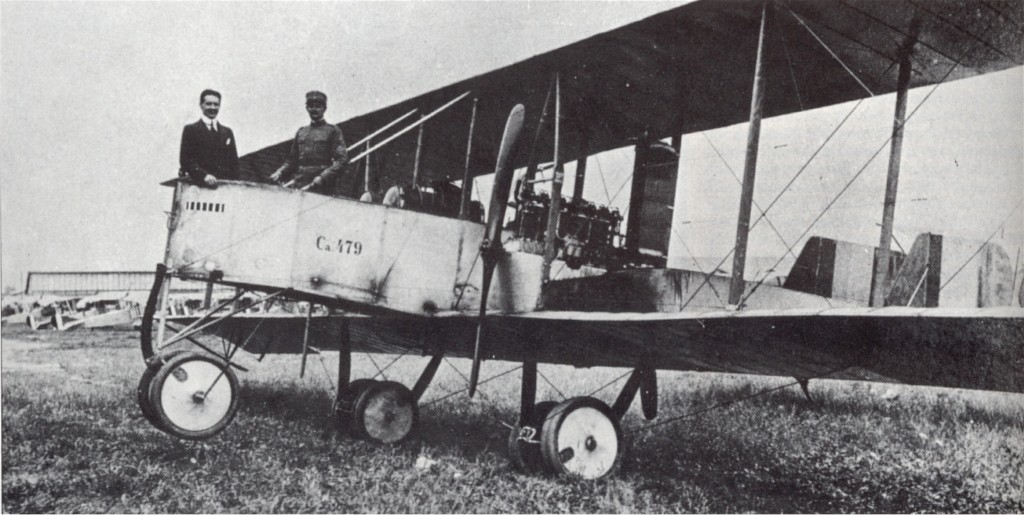
In that time, one of the iconic bombers of the World War I from Italy was the Caproni Ca.3 which presented a 3 engine design along with its impeccable military service.
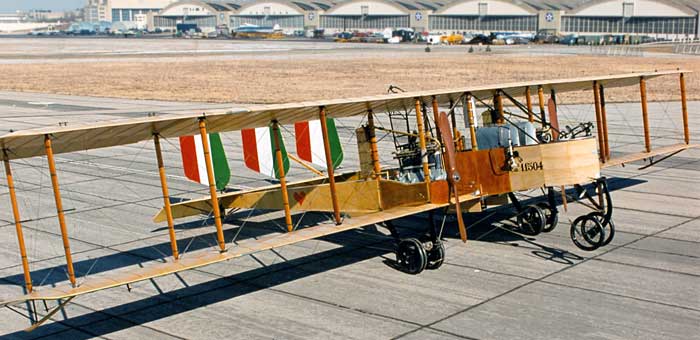
The Caproni Ca.3 made its first appearance back in 1915 and instantly become a compulsory aircraft for the Italian Air Force with successfully targeting Austria and Hungary. The aircraft, with its impressive combat range of 372 miles could fly without a need to refuel. The aircraft was able to carry a payload of 1764 pounds and unload it on enemy targets to deliver a massive blow. Nowadays only 3 of these iconic bomber aircraft are present in the museums.
Vickers F.B.5

The Vickers F.B.5 was so impressive that it had two nicknames; “The Gunbus” and the “Fighting Biplane 5”.
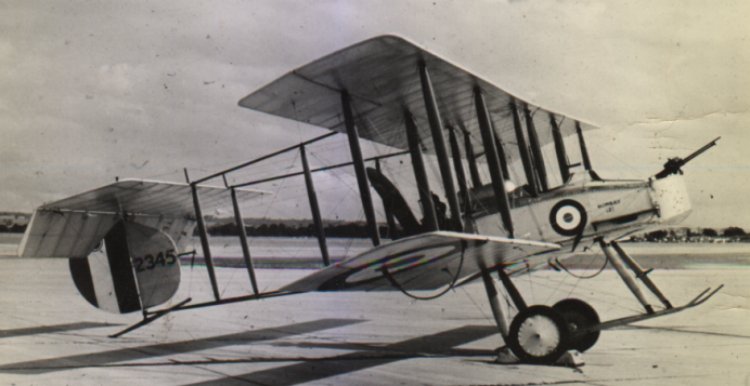
The concept behind its design was to build an armed biplane which could easily destroy other World War I fighter planes. With many planes built during that time for reconnaissance missions, the Vickers F.B.5 was a massive step ahead in military thinking.

After conducting several tests, the resultant aircraft was a 2-bay biplane with a single 9-clylinder rotary engine. As for firepower, 1 Lewis machine gun was mounted for the observer while the pilot focused on the flight. It became a necessary part of the British air forces and also saw action for many other militaries as well.
Fokker E.III
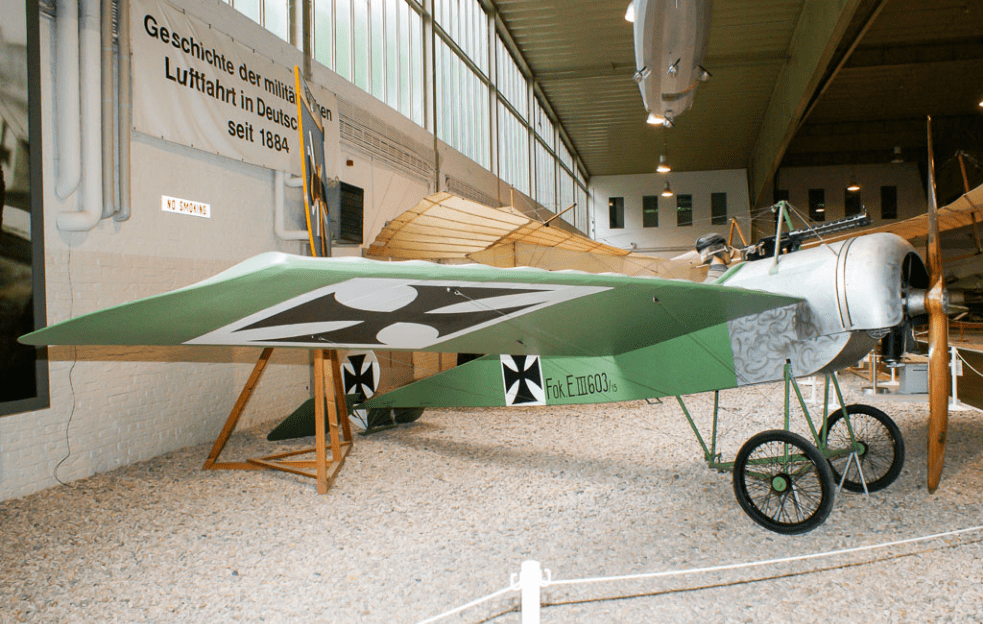
The Fokker E.III Eindecker is the fighter plane build by the German Air Forces. It was a monoplane that helped the Germans massively during the World War I. the aircraft entered the military service back in 1915 and remained until the war ended.
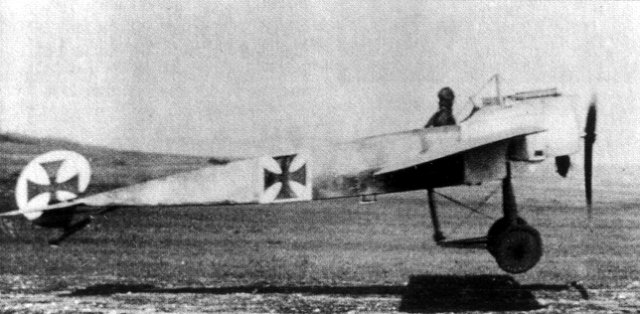
The design of the aircraft was based on E.II. It presented larger and carefully designed wings which had na arrow profile. As for the engine, it was the same as the E.II but it housed a fuel tank with larger capacity in order to increase its both air time and range.
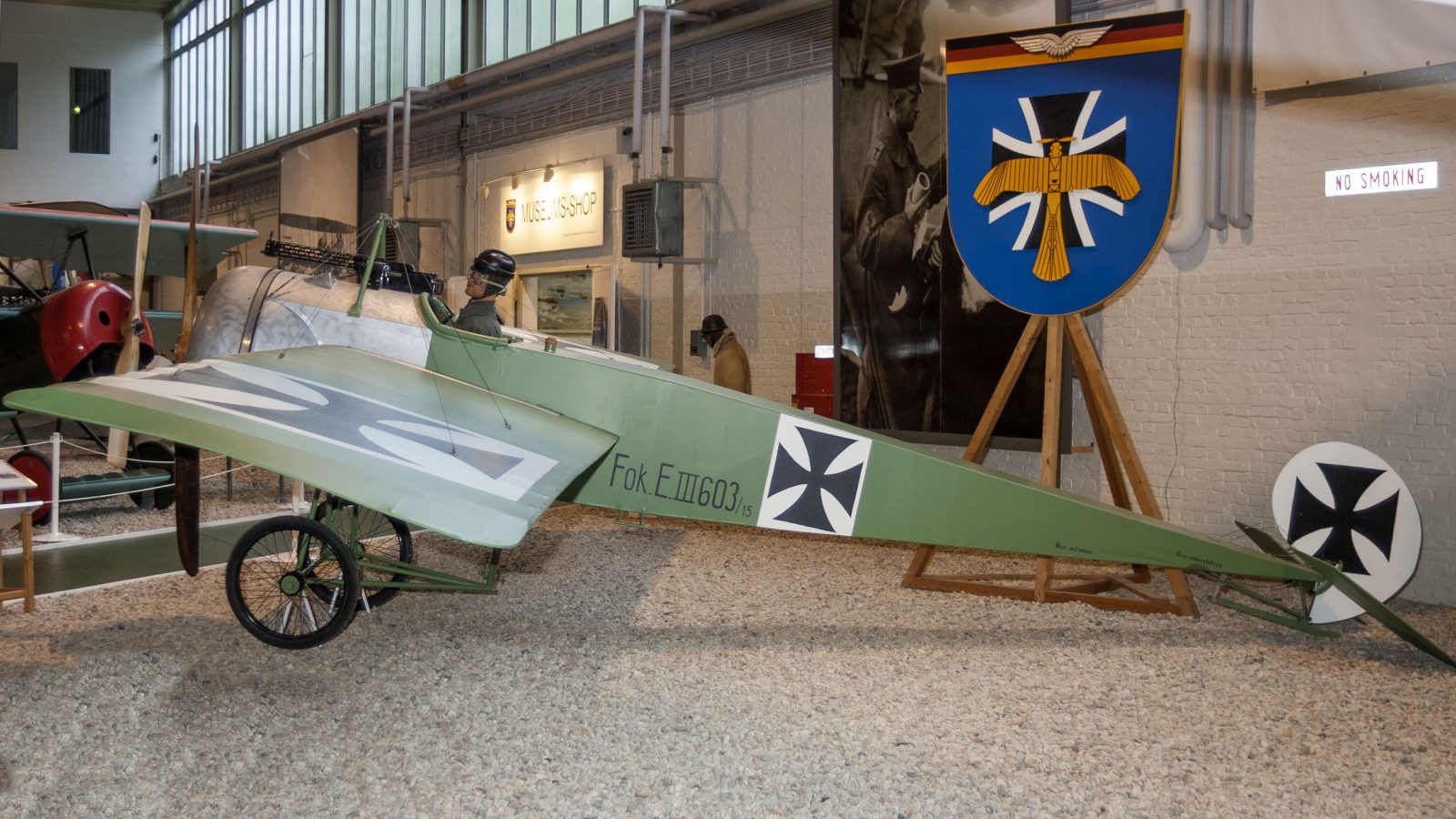
The aircraft was a competent fighter in the close air-to-air combat missions with a single Spandau machine gun.
Only one of the Fokker E.III Eindecker is present in intact design at a London museum.
Related Content
Military Aircraft That Can Be Purchased By Civilians (Part 3)





